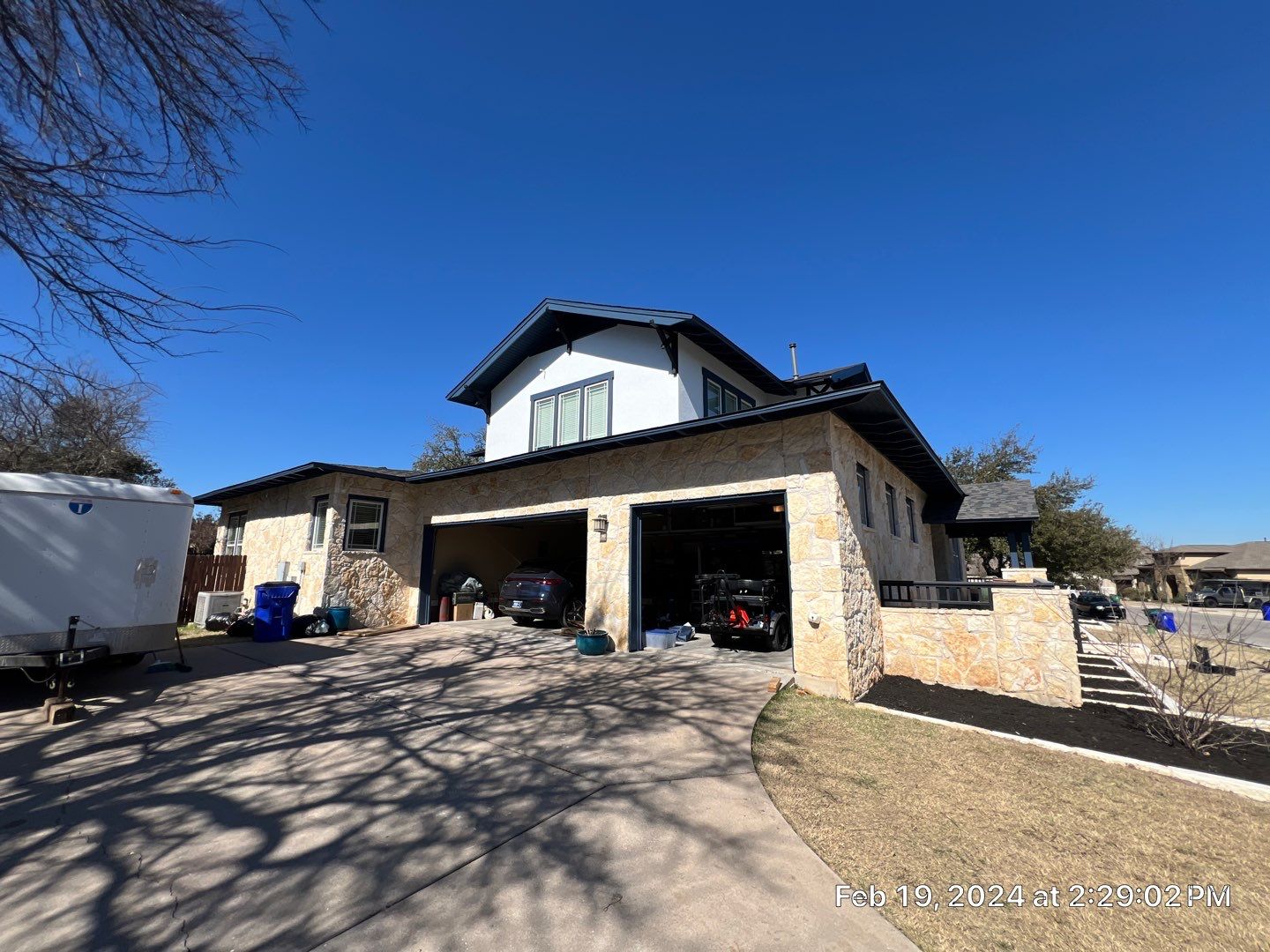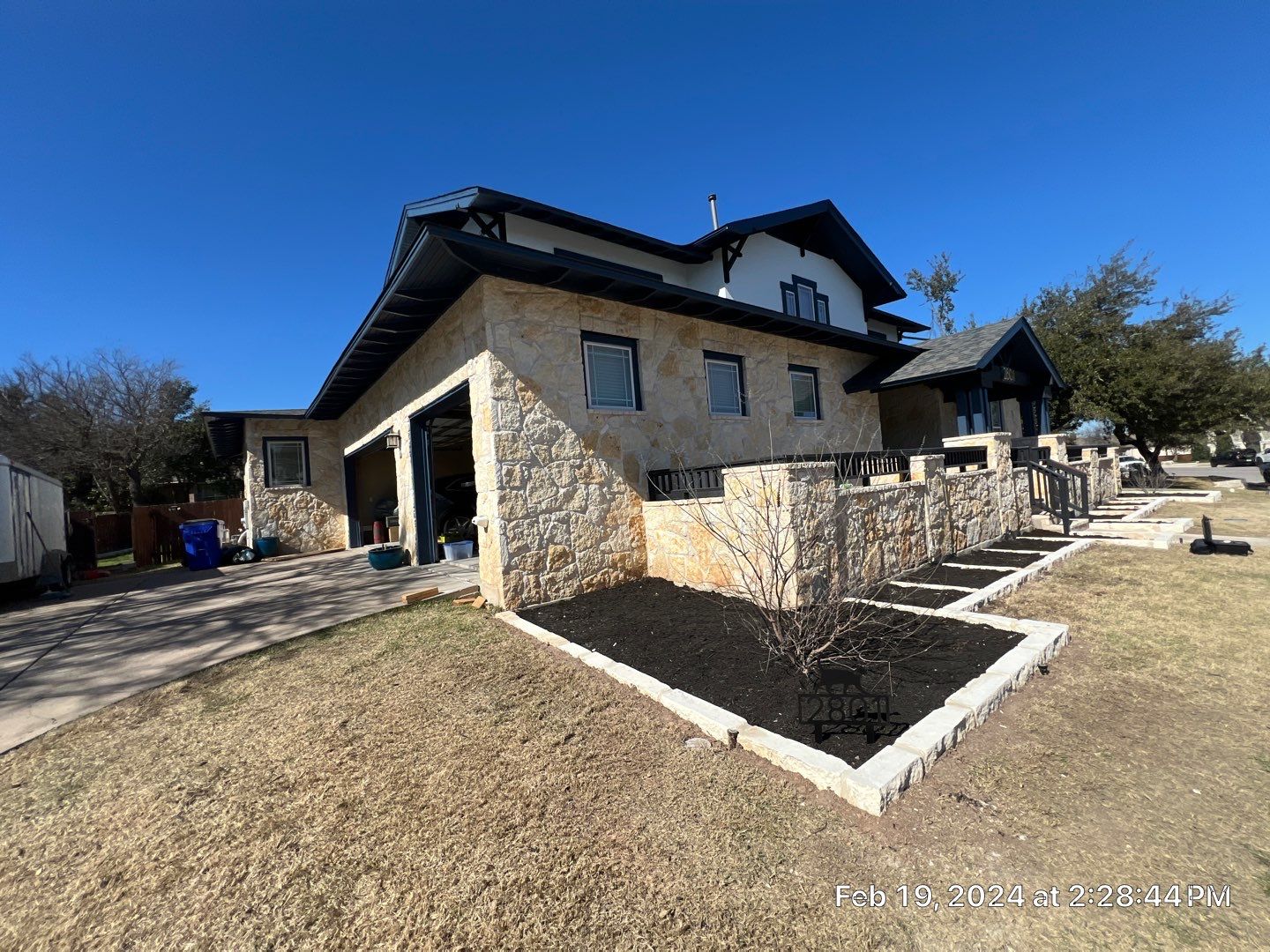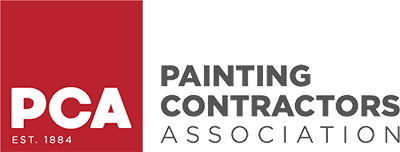When searching for “exterior house painting companies near me,” most homeowners focus on price, reviews, or how soon someone can start. But before you say yes to any painter, ask a more important question:
What does their warranty really cover?
A legitimate, professionally backed exterior painting warranty should include both materials and labor. This means it should cover issues like peeling, flaking, blistering, fading, or even outright failure of adhesion—as long as those issues aren’t caused by external damage or neglect. Warranties should also include workmanship standards: proper surface prep, accurate application, and cleanup.
Warranties aren’t just nice to have. They’re essential. Why? Because exterior paint jobs face extreme sun, rain, wind, and temperature swings. If corners were cut during prep or application—or if low-quality paint was used—you may see bubbling or flaking in less than 2 years. And without a strong warranty? You’ll pay to fix it again.
In this guide, we’ll show you:
-
What reputable painting company warranties should include
-
How product selection affects warranty terms
-
What warning signs to look for
-
What to do when something goes wrong
-
FAQs that explain common homeowner questions
Why Warranties Matter in Exterior House Painting
Protection Against Paint Failure and Labor Defects
A good warranty gives homeowners peace of mind. Paint may look great when it’s fresh, but will it last? If the job wasn’t done right—whether it’s skipping primer, painting over damp surfaces, or applying thin coats—problems can show up fast. A warranty protects against those early failures.
When a company offers a 2-, 3-, or 5-year warranty on labor, it’s a signal that they believe in their process. They’re willing to stand behind not only the products they use but also how they applied them.
Manufacturer vs. Contractor Warranties
These two are not the same—and many homeowners don’t realize it until a problem occurs.
| Warranty Type | What It Covers | Who Provides It | Typical Length |
|---|---|---|---|
| Manufacturer Warranty | Paint defects (peeling, fading) | Sherwin-Williams, Benjamin Moore, Behr, etc. | 10–20 years |
| Contractor Warranty | Labor and workmanship | The painting company | 1–5 years |
The manufacturer’s warranty will only help if the paint product itself is defective. But most paint failures result from bad prep or poor application—which only the contractor’s warranty covers.
Legal and Financial Implications
Exterior painting can cost $5,000–$15,000 depending on the home’s size, height, and condition. A job that starts failing within a year due to sloppy work is a financial liability. It could even affect resale value.
A valid warranty ensures that if your investment fails prematurely through no fault of your own, you don’t have to pay again.
Key Elements a Proper Exterior Painting Warranty Should Cover
Paint Film Integrity
The heart of a painting warranty lies in protecting the integrity of the coating. This means:
-
No peeling, flaking, or blistering under normal conditions
-
Minimal fading or chalking within the warranty period
-
Reasonable protection from UV damage, mildew resistance, and moisture penetration
High-end exterior paints from Sherwin-Williams or Benjamin Moore typically list performance guarantees based on lab testing and field data. But unless the contractor follows prep instructions and applies the paint under correct conditions (temperature, humidity, drying time), those guarantees don’t apply.
Labor and Workmanship
Contractor warranties should include a clear guarantee of labor quality. That means:
-
Surfaces were washed, dried, and primed properly
-
Paint was applied at the correct thickness (measured in mils)
-
The number of coats specified was actually applied
-
Edges, trims, joints, and exposed fasteners were covered as promised
If the paint fails due to contractor error, they should agree to repaint affected areas at no cost during the warranty period.
Surface Preparation Failures
Many paint problems begin beneath the surface. Prep work is often 50–60% of the total labor time in a pro exterior job. If prep is rushed—or skipped—it shows up later as peeling or bubbling.
A comprehensive warranty should confirm that the company:
-
Power washed all surfaces
-
Repaired and primed exposed or raw areas
-
Caulked gaps and sealed wood joints
-
Ensured moisture levels were below 15% before painting
Warranty claims should not be denied due to “improper prep” if the prep was part of their scope. Ask to see their prep checklist in writing.
Exclusions and Limitations to Watch For
Not everything is covered—and that’s fair. But you should know the limits. Most reputable painting company warranties exclude:
| Not Covered | Examples |
|---|---|
| Environmental Damage | Hail, hurricanes, flooding, salt spray |
| Improper Maintenance | Allowing mildew, letting caulk fail, power washing paint off |
| Physical Damage | Impact from tools, kids, landscaping equipment |
| Unauthorized Alterations | DIY patches, repainting without approval |
Ask for a written list of exclusions before signing. The clearer the terms, the easier it is to manage expectations and claims.
How Paint Product Choice Impacts Warranty Coverage
Premium Paint Brands and Extended Warranties
Top brands like Sherwin-Williams Duration®, Benjamin Moore Aura®, and Behr Premium Plus Ultra® often offer extended warranties—but with fine print.
For example, Sherwin-Williams Duration® offers up to lifetime limited warranty—but only when:
-
Applied to properly prepared surfaces
-
Applied in recommended temperatures and humidity
-
Not mixed with competitor primers or topcoats
Some contractors are certified installers for specific paint lines. This can extend warranty terms or allow them to offer joint warranties backed by both the manufacturer and contractor.
Matching Primers and Topcoats
Manufacturers often require system compatibility to honor warranties. If the primer is from a different brand—or not designed for the substrate—you risk voiding the coverage.
Example: Using a cheap acrylic primer under Benjamin Moore Aura® may prevent proper adhesion and result in failure—not covered.
Always ask:
“Are all the coatings and primers from the same brand family? Are they approved for use together?”
Specialty Coatings Have Unique Warranty Rules
Products like:
-
Elastomeric paints (for stucco or cracked siding)
-
Anti-graffiti coatings
-
High-build coatings
…have different warranty terms. They may require longer cure times or specific prep steps, such as masonry neutralization or moisture vapor barrier installation. These warranties may also be non-transferable.
Make sure any specialty product comes with its own written warranty—not just the standard house painting warranty.
How to Verify and Enforce Your Exterior Painting Warranty
Request Written Warranty Before Signing
Never assume the warranty is included. Ask for:
-
A written warranty certificate
-
Clear start and end dates
-
Description of covered issues
-
How to file a claim
If the contractor refuses to give this—walk away.
Keep Records and Photos
To protect your warranty:
-
Take before, during, and after photos
-
Keep receipts and product labels
-
Ask for a project summary listing what was done and with what products
Documentation matters. If a claim arises later, you’ll need proof of what was promised and performed.
What to Do If Issues Arise
-
Contact the contractor immediately. Don’t wait.
-
Send pictures and describe the issue in writing.
-
Ask them to inspect and confirm if the problem falls under warranty.
Good contractors will respond promptly and schedule touch-ups or repaints within a few weeks. If they delay, you may need to escalate.
When to Escalate
If the contractor becomes unresponsive:
-
Send a written request by email and mail
-
Reference your signed warranty
-
Request mediation through your local contractor board or Better Business Bureau
-
As a last resort, consult a small claims attorney
Most reputable painting firms avoid letting it reach this stage—but having the proper documents in place gives you legal leverage if necessary.
People Also Ask (FAQs)

Q1: How long do exterior house painting warranties usually last?
A: Contractor warranties often last 1 to 5 years and cover labor defects. Paint manufacturers may offer 10- to 20-year limited warranties covering product performance.
Q2: Does a warranty cover color fading or chalking?
A: Yes—if the fading or chalking exceeds what’s considered “normal weathering.” Most premium paints promise fade resistance for 7–10 years, but bright colors like reds and blues fade faster.
Q3: What voids an exterior paint warranty?
A: Warranties are voided by poor maintenance, physical damage, repainting without approval, or using non-compatible primers or coatings.
Q4: Can I transfer the warranty if I sell my home?
A: Some manufacturer warranties are transferable within a set time frame (usually 30–60 days). Contractor warranties vary—ask before hiring.
Q5: Should I prioritize warranty length or scope?
A: Scope is more important. A 3-year warranty that covers labor, materials, and prep is more valuable than a 10-year warranty that only covers product defects.
A Warranty Isn’t Optional—It’s Your Best Insurance
A proper exterior painting warranty should protect your home and your investment. It should cover more than just the paint. It should also guarantee proper prep, correct application, and prompt correction of failures—not hide behind fine print.
When evaluating “exterior house painting companies near me,” don’t just ask about price or schedule. Ask:
-
What does your warranty cover?
-
Can I see it in writing?
-
Who backs it—you, the paint company, or both?
At OnePoint Painting Company, we provide clear, written warranties backed by premium products and experienced crews. We handle every project with the goal of not just a beautiful finish—but one that lasts.




